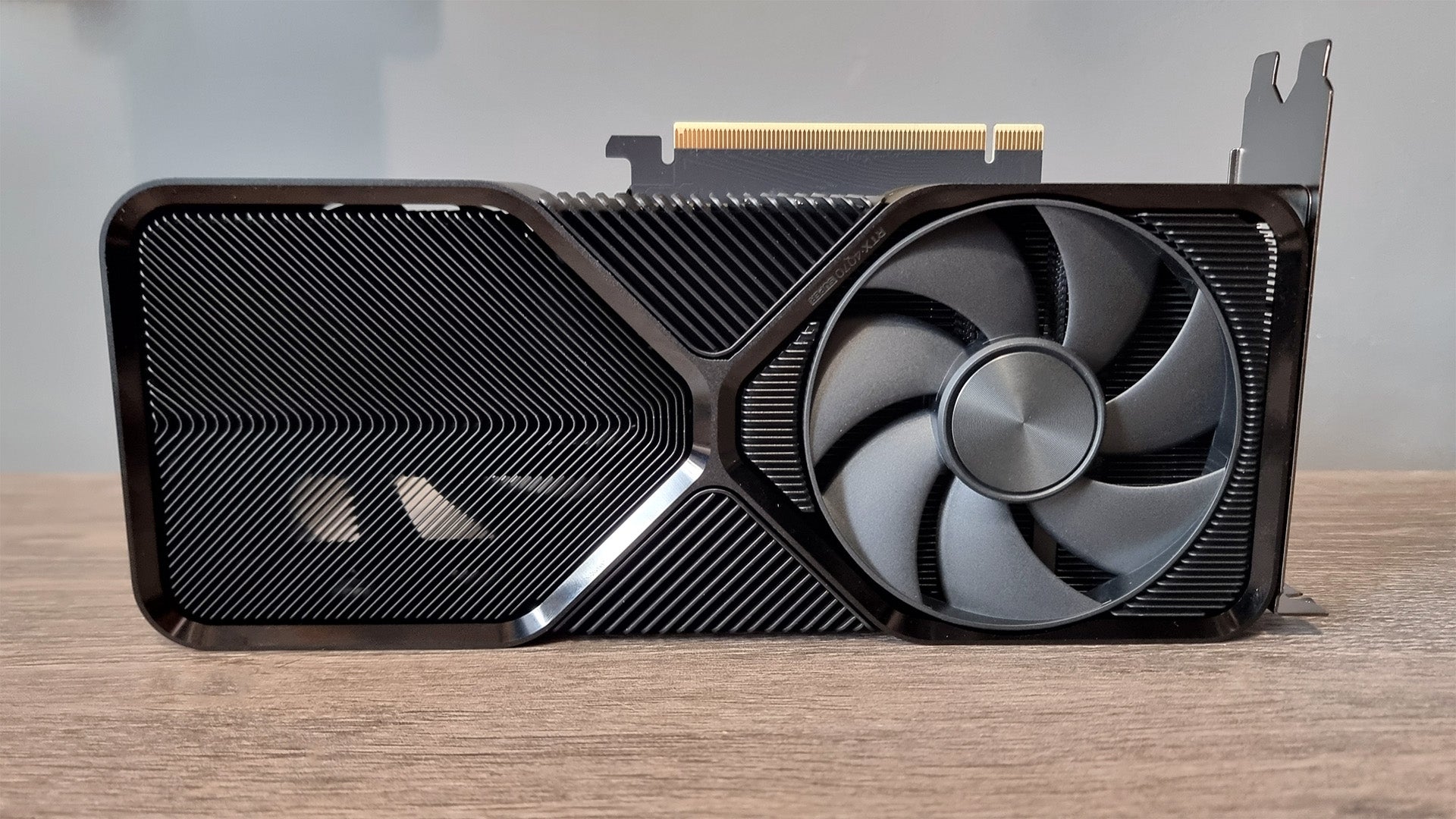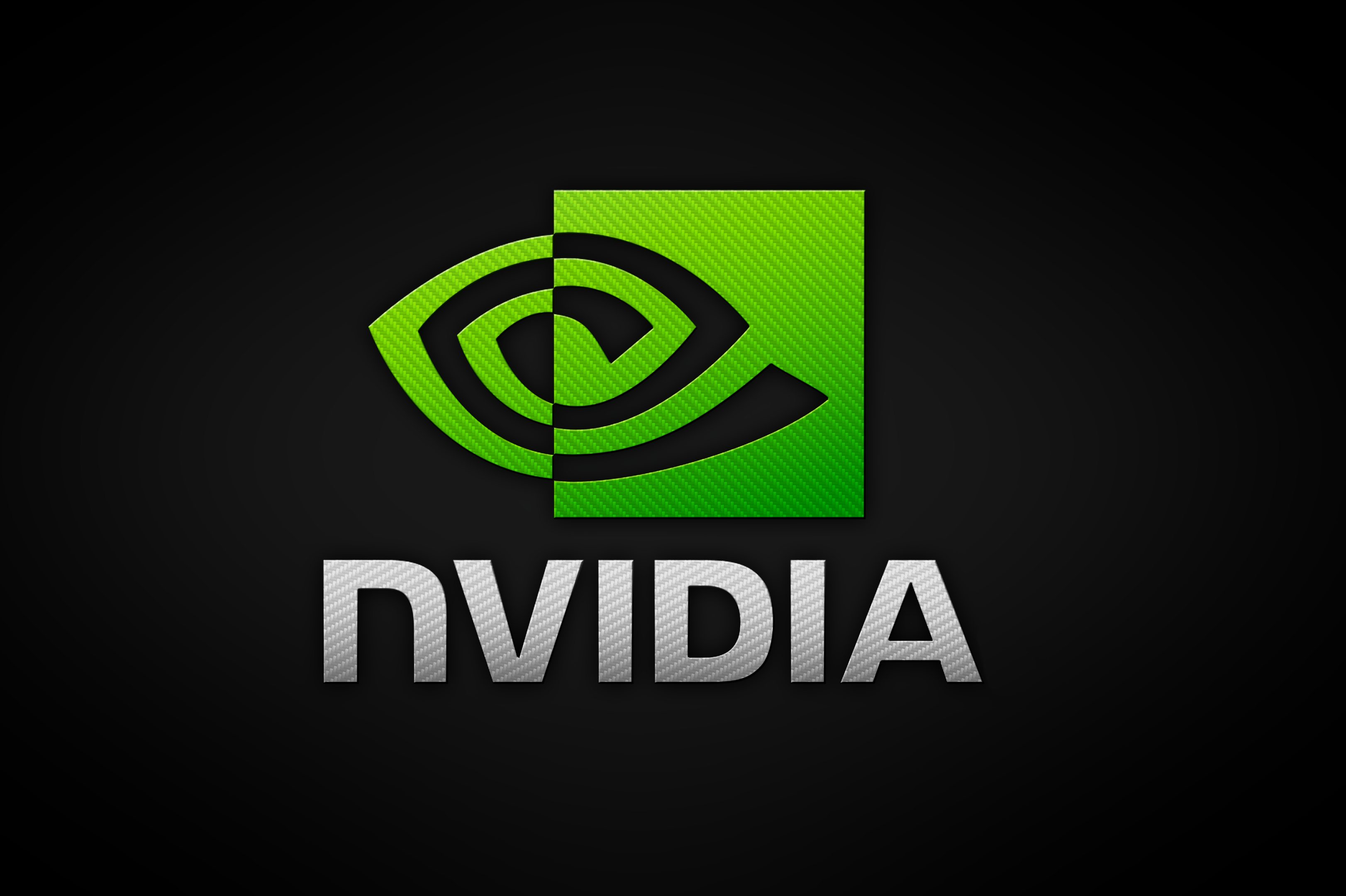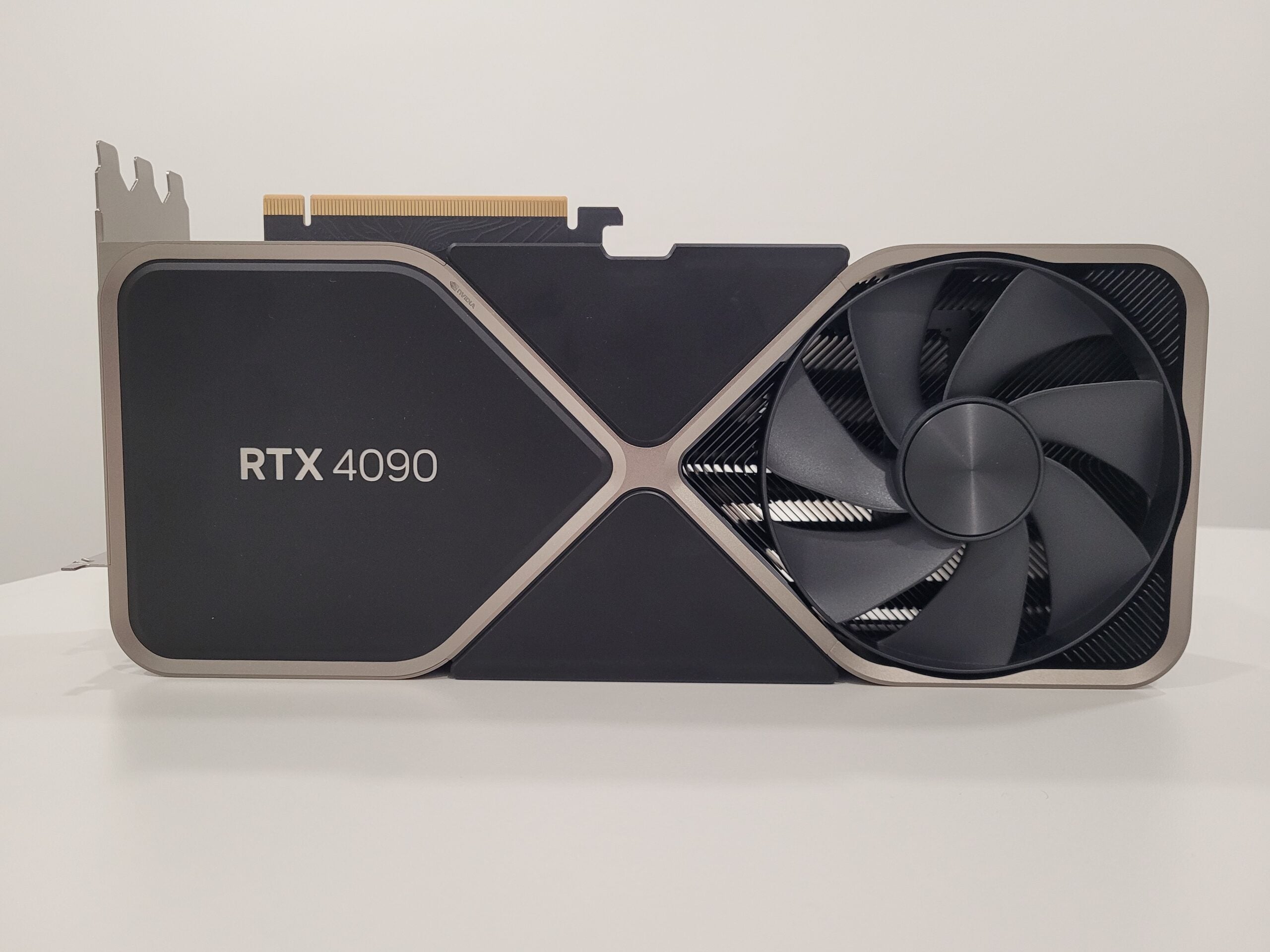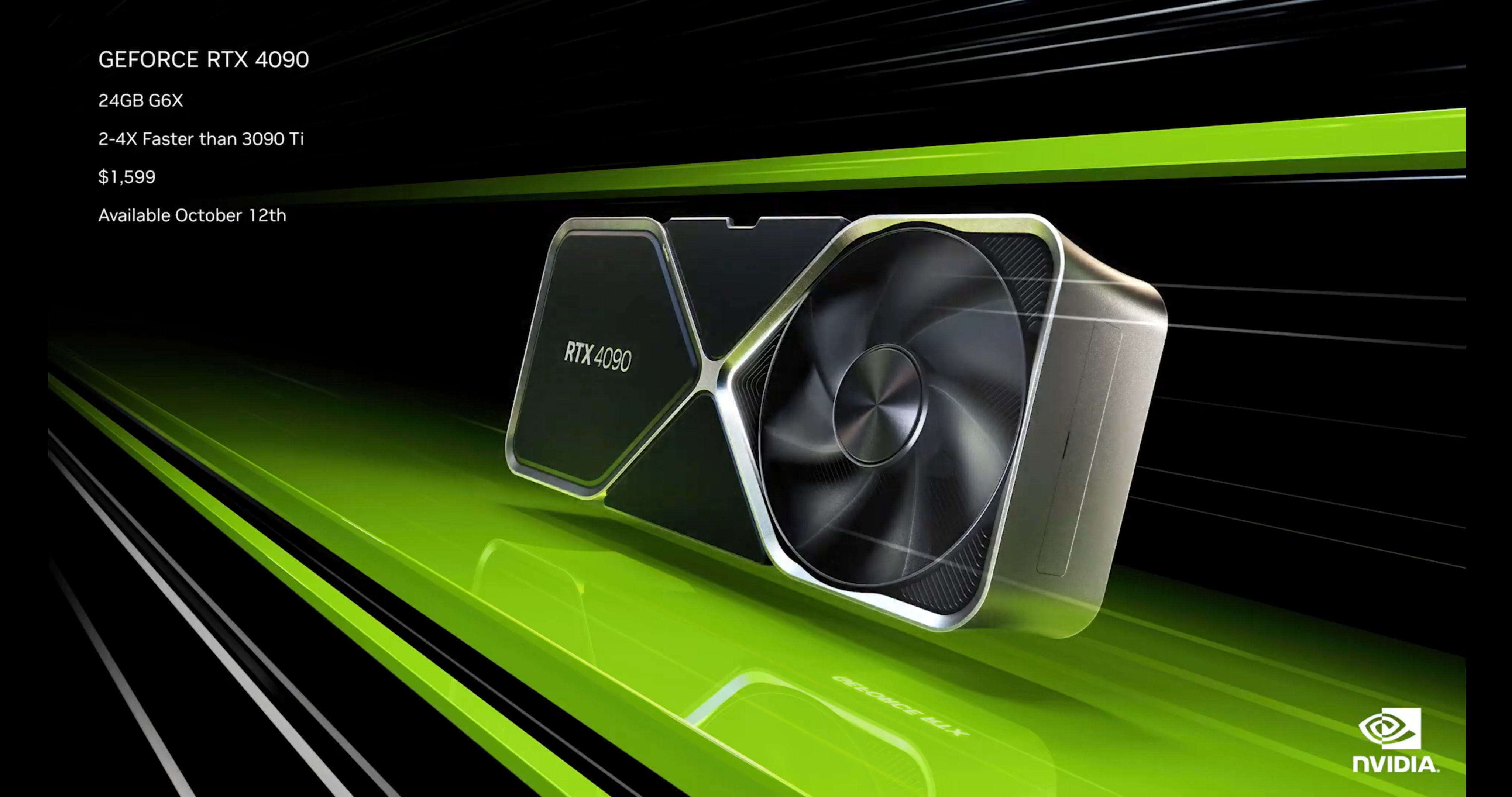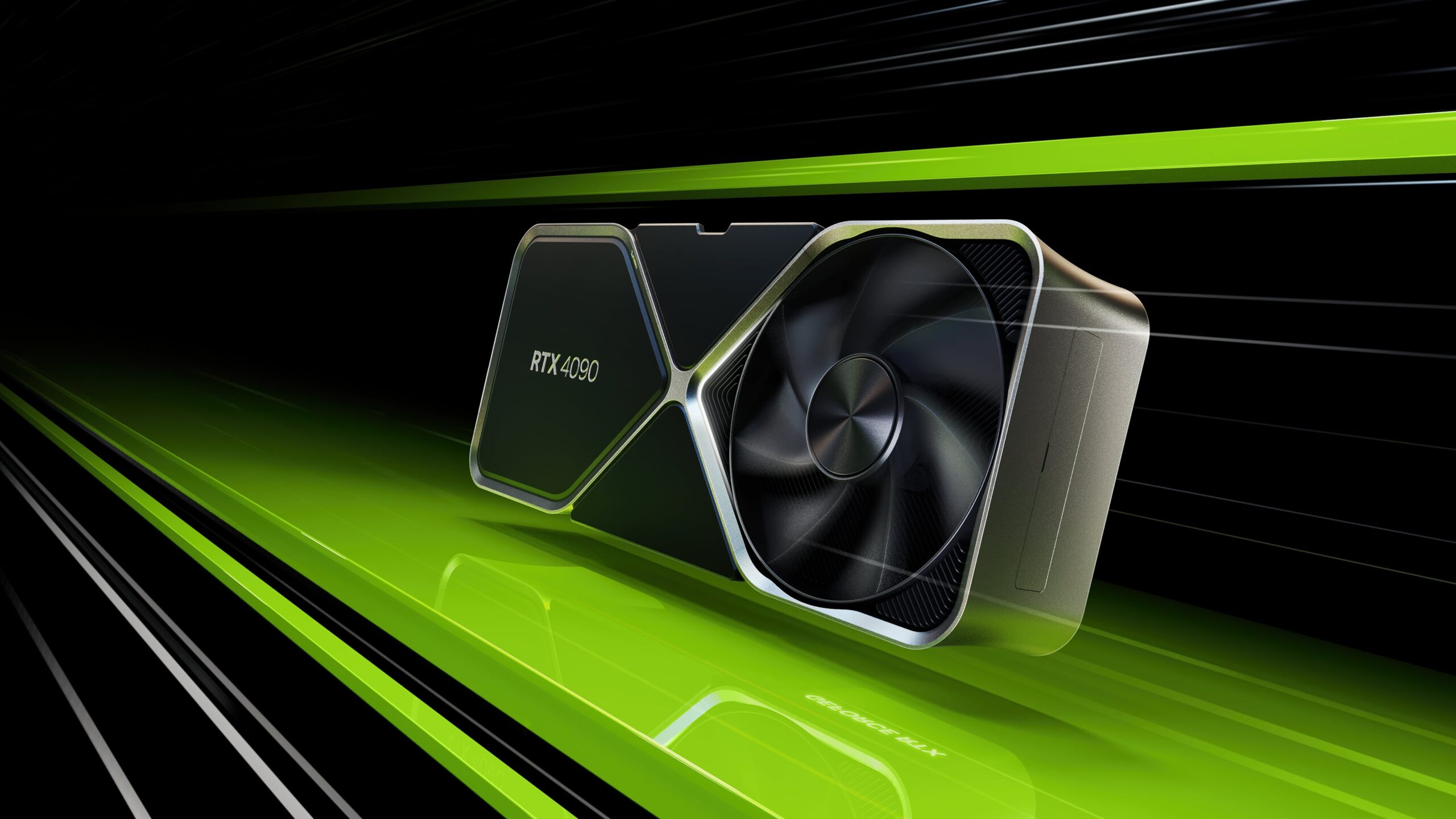Nvidia RTX 4080 vs Nvidia RTX 3080: Is newer better?
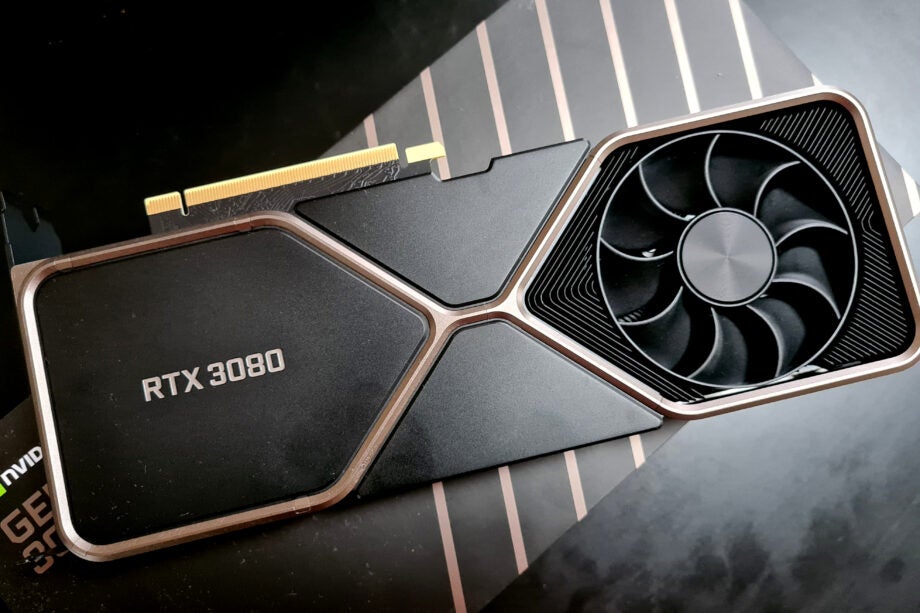
The Nvidia GTC 2022 Keynote has brought the announcement of the latest RTX 4000 Series graphics cards, which operate on the new Lovelace architecture.
The reveal of the next-generation Nvidia RTX 4000 series has everyone abuzz, alongside improved features such as DLSS 3 and 3rd-generation ray tracing.
As of right now, the two GPUs in the RTX 4000 Series are the Nvidia RTX 4090 and the Nvidia RTX 4080, with the potential for the RTX 4060 and RTX 4070 to be released at a later date, though that has not been confirmed.
But with the release of new GPUs, it’s worth asking if the last generation of graphic cards is still worth your time. To see how the RTX 4080 compares against its predecessor, the RTX 3080, keep reading as we will be breaking it all down.
Price
The Nvidia RTX 3080 launched in September 2020 with a retail price of £649/$699. Since it has been out for two years, it can be found at varying prices, both more and less expensive than it was at launch, from third-party retailers like Overclockers or eBay.
The Nvidia RTX 4080 will launch in November this year, though we don’t know the exact dates yet. Two configurations of the RTX 3080 will be available, with the 12GB variation starting at $899 and the 16GB variation costing $1199, making it the most expensive GPU when compared to its predecessor.
Specs
The Nvidia RTX 3080 features Ampere architecture which uses Samsung’s 8nm process and packs 26 billion transistors. It comes in two configurations, with the option of 10GB or 12GB GDDR6X memory, alongside 8704 or 8960 CUDA Cores, depending on the chosen configuration.
The RTX 3080 (10GB) has a graphics card power of 320W, while the 12GB variant takes the graphics card power up to 350W.
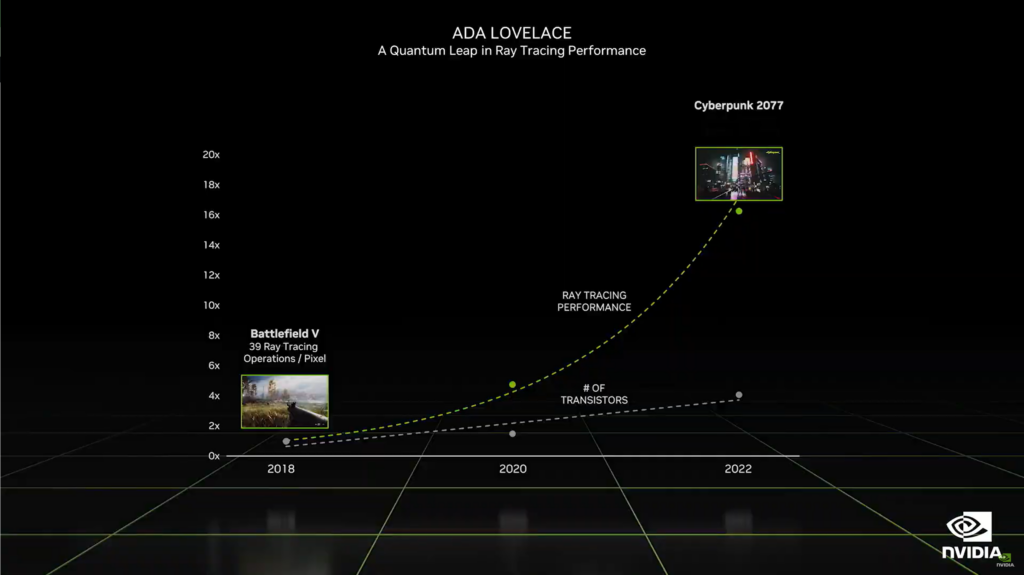
The Nvidia RTX 4080 also comes in two configurations. The first has 12GB GDDR6X memory, with a CUDA Core count of 7,680. The second option comes with 16GB GDDR6X memory and a CUDA Core count of 9,728, both using the next-generation Lovelace architecture.
Lovelace is built on TSMC’s 4nm process node, which packs 76 billion transistors, a massive increase on what can be found on Ampere cards. Generally, more transistors result in faster performance as the data is able to be processed and transferred at a faster rate.
The RTX 4080 can consume less power than its predecessor, with the 16GB variation needing 320W, while the 12GB variation takes that down to 285W.
Performance
While we have reviewed the Nvidia RTX 3080, we haven’t had either configuration of the RTX 4080 in for testing yet, which means that we can’t definitively claim that one is more powerful than the other. However, we can use what we know about the RTX 3080 and what Nvidia is claiming about the RTX 4080 to gauge which GPU is most likely to come out on top.
To start, we’re going to focus more on the most powerful version of the RTX 4080. This version of RTX 4080 has around 1000 more CUDA Cores than its predecessor, which suggests that it should be faster. CUDA Cores are developed by Nvidia and are essentially the GPU equivalent of CPU cores, with more Cores allowing for more parallel processing.
Plus, both versions of the RTX 4080 cards come with Lovelace architecture, featuring a 4nm node, which is a big upgrade on the previous generation. Nvidia has given us an idea of the power difference in the graph below.
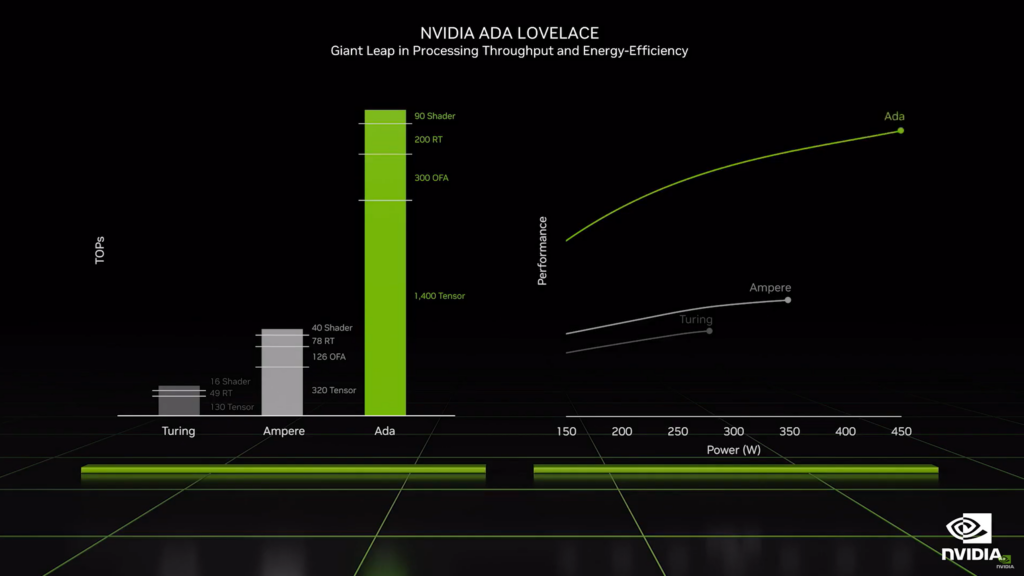
Plus, the RTX 4080 is privy to features that are exclusive to the RTX 4000 Series. Two of which are DLSS 3 and 3rd-generation ray tracing, which should ensure that gamers can experience enhanced visuals and higher frame rates with supported games.
Nvidia also claims that the RTX 4080 is between 2x and 4x faster than the RTX 3080 Ti, with the extent depending on which game you’re playing. Since the RTX 3080 isn’t quite as speedy as its Ti sibling, this implies that the RTX 4080 will be significantly more powerful than the RTX 3080.
Until we get the RTX 4080 in for testing we don’t know the performance difference for specific games or workloads right now. Be sure to check in with Trusted Reviews soon, as we hope to review these new graphic cards over the coming months to see which ones offer the best performance power.


